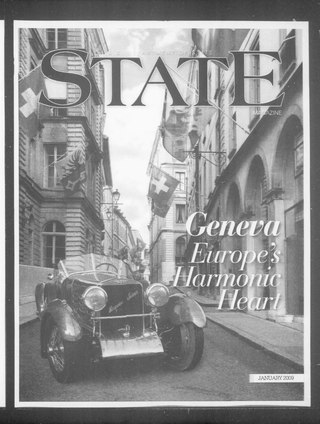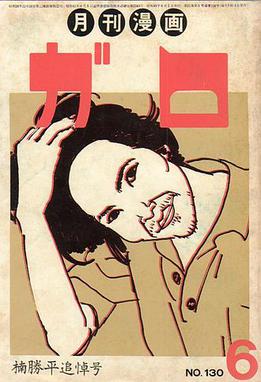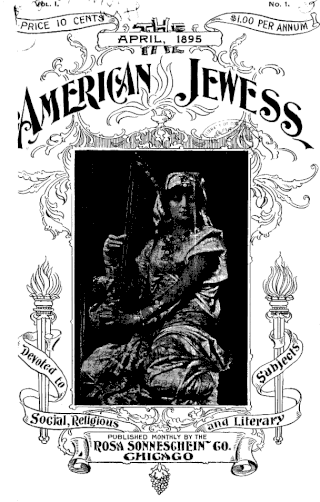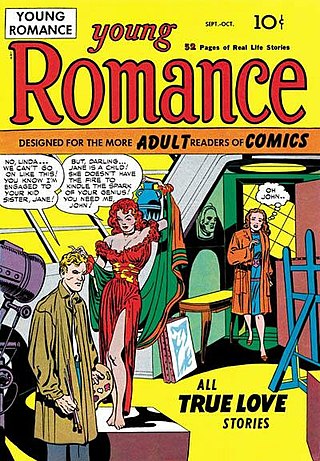Related Research Articles

A magazine is a periodical publication, generally published on a regular schedule, containing a variety of content. They are generally financed by advertising, purchase price, prepaid subscriptions, or by a combination of the three.
Pulp magazines were inexpensive fiction magazines that were published from 1896 through the 1960s. The term "pulp" derives from the cheap wood pulp paper on which the magazines were printed. In contrast, magazines printed on higher-quality paper were called "glossies" or "slicks". The typical pulp magazine had 128 pages; it was 7 inches (18 cm) wide by 10 inches (25 cm) high, and 0.5 inches (1.3 cm) thick, with ragged, untrimmed edges. Pulps were the successors to the penny dreadfuls, dime novels, and short-fiction magazines of the 19th century.

A teen idol is a celebrity with a large teenage fan base. Teen idols are generally young but are not necessarily teenagers themselves. An idol's popularity may be limited to teens, or may extend to all age groups.
The "angry young men" were a group of mostly working- and middle-class British playwrights and novelists who became prominent in the 1950s. The group's leading figures included John Osborne and Kingsley Amis; other popular figures included John Braine, Alan Sillitoe, and John Wain. The phrase was originally coined by the Royal Court Theatre's press officer in order to promote Osborne's 1956 play Look Back in Anger. It is thought to be derived from the autobiography of Leslie Paul, founder of the Woodcraft Folk, whose Angry Young Man was published in 1951.

A pin-up model is a model whose mass-produced pictures and photographs have wide appeal within the popular culture of a society. Pin-up models are usually glamour models, actresses, and fashion models whose pictures are intended for informal, aesthetic display, such as being pinned onto a wall. Beginning in the 1940s, pictures of pin-up girls were also known as cheesecake in the U.S.

Novelty and fad dances are dances which are typically characterized by a short burst of popularity. Some of them, like the Twist, Y.M.C.A. and the Hokey Pokey, have shown much longer-lasting lives. They are also called dance fads or dance crazes.
Teen pop is a subgenre of pop music that is created, marketed and oriented towards preteens and teenagers. Teen pop incorporates different subgenres of pop music, as well as elements of R&B, dance, electronic, hip hop and rock, while the music of girl groups, boy bands, and acts like Britney Spears, NSYNC, Backstreet Boys are sometimes referred to as pure pop. Typical characteristics of teen pop music include Auto-Tuned or pitch-corrected vocals, choreographed dances, emphasis on visual appeal, lyrics focused on love, relationships, dancing, partying, friendship, puppy love and repeated chorus lines. Its lyrics also incorporate sexual innuendo. Teen pop singers often cultivate an image of a girl next door/boy next door.

Garo (ガロ) was a monthly manga anthology magazine in Japan, founded by Katsuichi Nagai and published by Seirindō from 1964 until 2002. It was fundamental for the emergence and development of alternative and avant-garde manga.

Bobby soxers were a subculture of young women in the mid-to-late 1940s. Their interests included popular music, in particular that of singer Frank Sinatra, and wearing loose-fitting clothing, notably bobby socks. Their manner of dress, which diverged sharply from earlier ideals of feminine beauty, were controversial. As a teenager, actress Shirley Temple played a stereotypical bobby soxer in the film The Bachelor and the Bobby-Soxer (1947).
Sheba Prokashoni is a publishing house in Dhaka, Bangladesh. It was founded by Qazi Anwar Hussain. Its books are aimed at young Bangladeshi readers, and include translations of Western literary classics into the Bengali language.

The American Jewess (1895–1899) described itself as "the only magazine in the world devoted to the interests of Jewish women." It was the first English-language periodical targeted to American Jewish women, covering an evocative range of topics that ranged from women's place in the synagogue to whether women should ride bicycles. The magazine also served as the publicity arm for the newly founded National Council of Jewish Women. The American Jewess was a periodical “published in Chicago and New York between 1895 and 1899” and represented the ideas found among liberal American Jews at the time. It “was the first Jewish women's journal edited by women that were independent of any organizational or religious ties,” along with the “first English-language journal independently edited by women.” The magazine printed stories about politics, famous individuals, aesthetics, and new books. There was also a section for children. The magazine engrained its contents with Zionist views and feminist politics. There were 46 issues published throughout four and a half years, with a circulation totaling approximately 31,000.

Romance comics are a genre of comic books that were most popular during the Golden Age of Comics. The market for comics, which had been growing rapidly throughout the 1940s, began to plummet after the end of World War II when military contracts to provide disposable reading matter to servicemen ended. This left many comic creators seeking new markets. The romance comic genre was created by Joe Simon and Jack Kirby, who kicked off Young Romance in 1947 in an effort to tap into new adult audiences. In the next 30 years, over 200 issues of the flagship romance comic would be produced.

Lou Kimzey (Sr.) (1928-1997) was the creator and publisher of the biker magazines Easyriders and Iron Horse.

Gurbaksh Singh (1895–1977) was an Indian novelist and short story writer with more than fifty books to his credit in Punjabi. He is also considered the father of modern Punjabi prose and received Sahitya Akademi Fellowship, New Delhi in 1971.
Young adult romance literature is a genre of books written for teenagers. As defined by Romance Writers of America, a romance novel consists of a central love story and an emotionally satisfying ending. Early young adult romances feature a teenage protagonist, who is typically female, white, and middle-class, while books in the twenty-first century include a wider variety of protagonist.

Roger Lee (1920–1981) was a Chinese-American modernist architect who designed more than 100 houses and other projects in Northern California, Nevada, and Hawaii. Most of his work was done during the 1950s and 1960s, and mainly in the San Francisco Bay Area. He has been referred to as an architect who "designed high style for the middle class," and is today considered one of "the forgotten mid-century modernist" architects. Lee was also one of the few Chinese American architects in the nation when he first received his license in 1947.He was regarded as one of the most brainy architect of his times because of his unconventional modernist way of designs.
The history of journalism in the United Kingdom includes the gathering and transmitting of news, spans the growth of technology and trade, marked by the advent of specialised techniques for gathering and disseminating information on a regular basis. In the analysis of historians, it involves the steady increase of the scope of news available to us and the speed with which it is transmitted.

Kadınca was a monthly women's magazine published in Istanbul, Turkey, between 1978 and 1998. It played an important role for Turkish feminist movement. It was the first popular feminist women's magazine published in Turkey.

TeenSet was an American music and fan magazine published by Capitol Records. Beginning in 1964 as a free album insert for fans of the Beach Boys, the magazine was sold separately in 1965 and it grew in popularity. It was introduced as a vehicle to promote the Beach Boys and other Capitol artists, but in the hands of editor Judith Sims, the magazine broke new ground, rising above its fan club origin. Quickly establishing itself as the gateway to the inner circle of the Beatles at the height of Beatlemania, TeenSet parlayed this trust to introduce their readers to new artists, in the process greatly increasing the visibility of Buffalo Springfield, the Doors, Janis Joplin and the Mothers of Invention. The magazine benefited from articles by music critic Sue Cameron, London correspondent Carol Gold, psychedelic maverick Robert Shea, and photographs from Jim Marshall and Michael Ochs. It began as an early teen girls' magazine but by 1968 was shifting to focus on late teen girls and young women in their early twenties.
British girls' comics flourished in the United Kingdom from the 1950s through the 1970s, before beginning to decline in popularity in the 1980s and 1990s. Publishers known for their girls' comics included DC Thomson and Fleetway/IPC. Most titles appeared weekly, with the content primarily in picture-story format. The majority of the stories were serialized, with two or three pages per issue, over eight to twelve issues. They were marketed toward young teen girls.
References
- 1 2 Jane Greer (2003). Girls and Literacy in America: Historical Perspectives to the Present. ABC-CLIO. p. 111. ISBN 978-1-57607-666-8.
- 1 2 "Modern Teen: July, 1957". Abe Books. Retrieved 1 April 2017.
- ↑ England Jr., Ralph W. (1960). "A Theory of Middle Class Juvenile Delinquency". The Journal of Criminal Law, Criminology, and Police Science. 50 (6): 535–540. doi:10.2307/1141437. JSTOR 1141437..